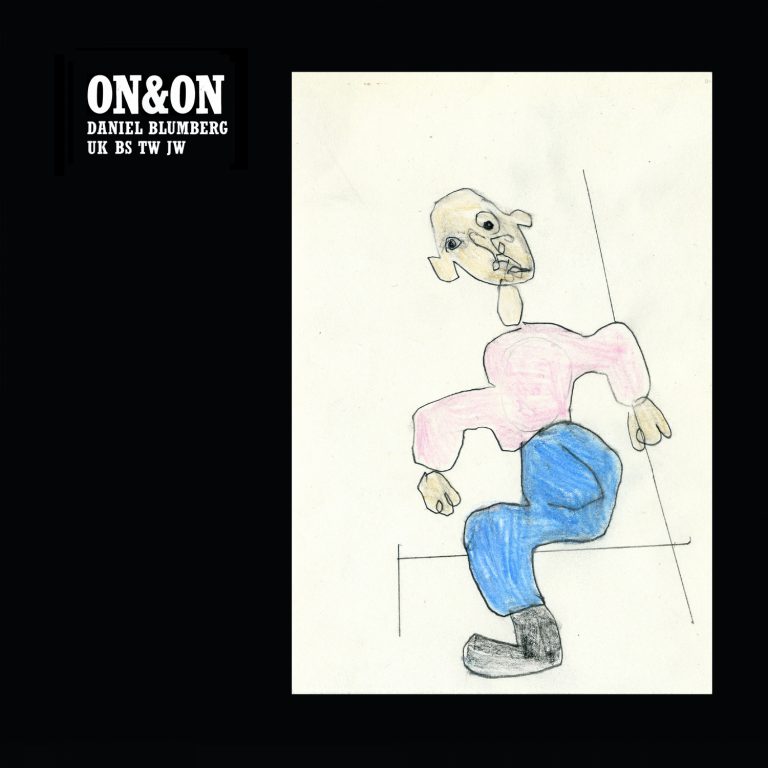Daniel Blumberg is a typical example of East London’s quirky, shape-shifting (and often brilliant) set of creatives. While we hear so much about how they are the beating heart of the area (and frequently long to be in some way associated with them), opportunities are too often missed to delve into the minds of these expressionists at a personal level. Daniel Blumberg’s latest LP On&On offers us this chance. It’s taken him 12 years to grow introspectively as an artist in general and find what he does best. Starting off his music career while he was still at school – he was the front man for the upbeat, edgy, indie pop band Cajun Dance Party, then shoegaze band Yuck – he then broke away from those pop-leaning sounds and discovered Dalston arts institution Café Oto. At this hub of creativity he met the collaborators who have contributed a large portion of the instrumentation on his recent albums, up to and including this one.
The tracks on On&On are stretched out fastidiously, drawing out each instrument and section as though the music is someone putting pencil to paper. Blumberg is an acclaimed visual artist – his work has been exhibited over the world – and it’s hard not to see the inspiration and likeness between his abstract caricatures and the style of his music. Conflicting sounds, whether they are violins, harmonica or other bits of percussion, are commonplace throughout the album. They appear to be a distraction on first listens, but after familiarising yourself, the part they play in creating this raw, loose atmosphere is immense. They also do a brilliant part in further stitching together the guitar and Blumberg’s vocals – most skilfully done on the album’s opener “On&On”, where whistling sounds and rattles culminate to a vocally impactful ending.
“Bound” is the most tuneful track on the record, helped by having one of the most distinguishable song structures. Halfway through, the track takes a turn from the downbeat melodic instrumentation to a lively rhythm passage – reminiscent of his early work with Cajun Dance Party.
Blumberg continuously blurs the lines between having a clear song structure and free improvisation, with the album more often leaning towards the latter. “Silence Breaker” is one of the most experimental tracks on the album and the best example of this balance. Blumberg’s vocals are accompanied by very slight instrumentation for a good part of the five-minute length, before being combined with synthesized vocal chops (a rare feature of Blumberg’s work) towards the latter part.
Listening to this album is like watching a live show being played right in front of you as you’re listening. The instruments and sounds blend into each other seamlessly and each listen reveals something not heard before. Credit here goes to Peter Walsh, the engineer, as he has perfectly captured and almost personified every part of the sound, whether it be Blumberg’s vocals, the percussive plucks and rattles, or even the atmosphere of the room that these are being played in. This all makes On&On Blumberg’s most accomplished and also his most mystifying work to date.

